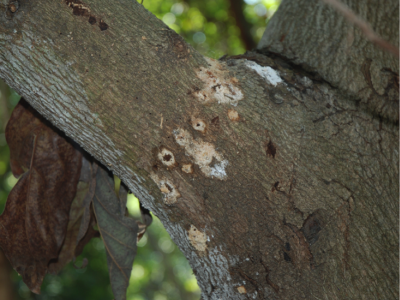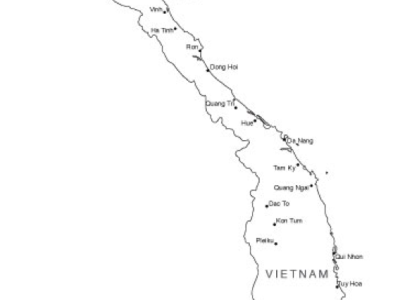Cultural Management Library
Growers are reminded to be vigilant about surveying their trees and other known host species on or near their property for signs of the polyphagous shot hole borer (PSHB) beetle.
Freezing temperatures can cause fruit loss and even tree damage in California’s avocado growing regions. In the event of a freeze or snowfall, here are some key points to remember as you assess the damage in your grove.
After a freeze, California avocado growers should look for the following indicators of freeze damage:

Since the discovery of polyphagous shot hole borer (PSHB) in commercial avocado groves in San Diego County, Commission staff have been working with researchers and impacted industry members to communicate critical information to limit the spread of the pest complex. While efforts to identify possible chemical control materials continue, grove sanitation measures constitute the primary activity growers can undertake to further limit the spread of the beetle/fungus complex.

Pagination
- First page
- Previous page
- …
- 2
- 3
- 4
- 5
- …
- Next page
- Last page